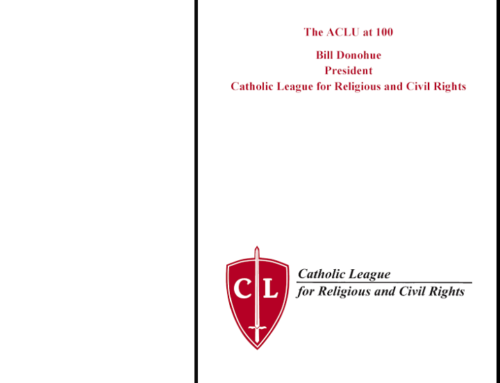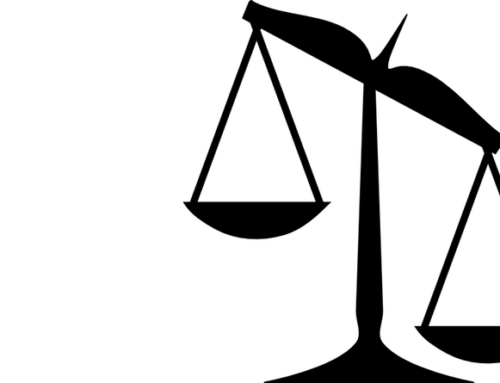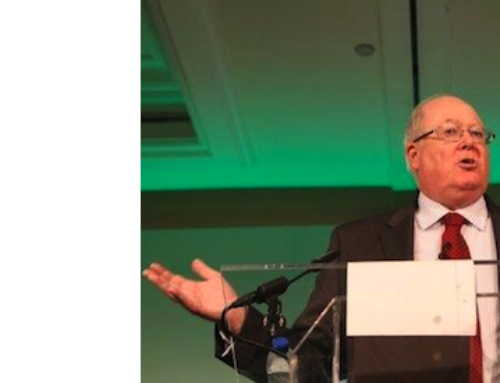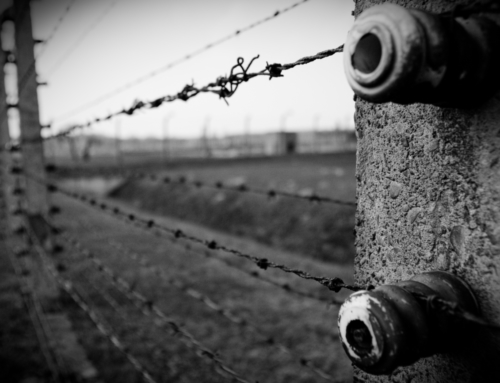On June 14, the United States Conference of Catholic Bishops (USCCB) issued a report on boarding schools for Native American children, some of which were run by the Catholic Church. From 1869 to the 1960s, the government removed thousands of these children from tribal lands and placed them in boarding schools. The express purpose was to assimilate them into American society.
There were more than 500 of these schools, more than 80 of which (16 percent) were Catholic-run. According to an investigation by the Washington Post (WaPo) at least 122 priests, sisters and brothers who were assigned to these schools were later accused of sexually abusing these children.
The report by the USCCB and the report issued by the Washington Post agree on some matters but differ on others. The bishops’ report includes an apology for inflicting a “history of trauma” on Native Americans, but the findings of the newspaper’s probe are much more critical.
The WaPo report was based in interviews with more than two dozen Indian board school attendees who claimed they were abused physically, sexually or emotionally in these boarding schools, three-fourths of which were run by the government. Oral histories, court documents, lawsuits, diaries, correspondence and the like were examined.
WaPo says it relied on information taken from the ProPublica database. This is the same organization that was mentioned by Supreme Court Justice Samuel Alito when he was setup by a left-wing woman posing as a conservative; she surreptitiously taped him. He named ProPublica as the source of the hit jobs, mentioning their efforts to smear his Catholic colleague, Clarence Thomas.
I have had my own problems with ProPublica. In 2020, it issued a report, jointly done with the Houston Chronicle, that contended that the Catholic Church did not keep tabs on priests that it threw out of the priesthood. Guilty as charged! As I said at the time, neither does the media or any other organization. So what? Perhaps ProPublica expects the Church to stalk its dismissed employees.
But for the sake of argument, let’s say the methodology is acceptable. What exactly did WaPo find? Serious questions are extant.
The report cites a Department of Interior report from 2022 that investigated conditions in government-run boarding schools; it did not probe the ones operated by the Catholic Church. That report mentioned the word “Catholic” twice, both times in passing, having nothing to do with abuse.
More important, the timeline of the investigation under review extends back to 1869, so the kind of record keeping that lends itself to conclusive results is simply impossible. The WaPo report, which claims “pervasive” abuse in Catholic-run boarding schools, readily confesses that “lists of accused priests are inconsistent and incomplete, and many survivors have not come forward. Others are aging and in poor health, or, like their abusers, have died.”
Instead of admitting that this is a clear shortcoming, the journalists conclude this means that “the extent of the abuse was probably far worse.” Really? Let’s face it—they could have come to a very different conclusion. Precisely because the record-keeping was found wanting, it is hard to know the truth. It is even possible that good data would reveal how small this problem was. But such considerations would have gotten in the way of their narrative.
WaPo cites Rev. Mike Carson, who worked on this issue for the bishops, and he “also noted a likely dearth or records.” Similarly, Interior Secretary Deb Haaland acknowledges that given the situation, “I doubt that you could find a lot of Catholic records or federal government records about abuse and neglect toward the students.” Even in cases where, for example, the Jesuits kept tabs on alleged cases of abuse, WaPo quotes them as saying the list “does not imply the claims are true and correct or that the accused individual has been found guilty of a crime or liable for civil claims.”
There are other problems that should have given the journalists pause. In several parts of the report, they admit that the alleged victims whom they spoke to “kept secret” what happened. That being the case, how can Church officials be blamed? Indeed, after detailing one case of alleged abuse, they write that “It is unclear whether church officials were aware of the abuse at St. Mary’s at the time.”
Then there is the issue of the accused denying that they committed the offense. For instance, Sr. Sigfrieda Hettinger denied in 2015 that she abused a boy decades ago. “I loved them all. I never hurt them at all. I never touched them at all.” She died in 2016 at age 87. Was she telling the truth or lying? We don’t know. But in such cases, fairness dictates that we have to assume she was innocent.
There is another issue that needs to be addressed, one that is not discussed by the WaPo authors. They cite a Jesuit priest, Rev. Edmund J. Robinson, who was a serial offender. Could it be that a small number of priests were responsible for a disproportionate number of cases?
We know from the John Jay studies on this issue nationwide that between 1950 and 2002, 149 priests (3.3 percent) who had more than ten allegations of abuse were responsible for abusing 2,960 victims, thus accounting for 26 percent of all the allegations. As I said in my book, The Truth about Clergy Sexual Abuse: Clarifying the Facts and the Causes, this means that “a very small percentage of accused priests are responsible for a substantial percentage of the allegations.”
The same may be true in the case of the Indian boarding school story.
Moreover, WaPo journalists offer no comment on something that should have concerned them. Why is it that when the federal government commissioned a study of this issue in 1928, this report “chastised the schools for the mistreatment and malnourishment of students,” but never said a word about physical or sexual abuse? Was it a cover up? Or was there nothing to report? It seems plausible that a probe that took notice of “mistreatment” would have cited serious cases of abuse.
The credibility of the WaPo authors is seriously undermined by their decision to cite the Catholic Church’s legacy of abuse in Canadian boarding schools for indigenous peoples. That story has positively been proven to be a hoax. It does not help their cause to say that Pope Francis apologized for what happened—he did so before the story was proven false.
In 2021, the Catholic Church was accused of creating “mass graves” for indigenous children in the residential schools. But it didn’t take long before it was totally debunked. In 2022, Jacques Rouillard, professor emeritus in the Department of History at the University of Montreal, questioned, “After seven months of recrimination and denunciation, where are the remains of the children buried in the Kamloops Indian Residential School?”
A second round of accusations emerged in the summer of 2023 when excavations of the “mass grave” began. In August, the National Post reported that “No evidence of human remains has been found during the excavation of a Catholic church basement on the site of a former Manitoba residential school.” Again, the body count was zero.
There is also the matter of the scope of the WaPo investigation. Why didn’t they investigate the boarding schools run by the government? After all, they operated most of them. Are they content to rely on the Department of Interior study? Similarly, they mention that several Protestant denominations also operated these schools. Why were none of them probed?
As I have pointed out many times, wherever adults regularly interact with minors, unfortunately we find abuse. So why is it that time and again, the public schools get a pass, Hollywood gets a pass, etc.? Why is it always the Catholic Church that is the source of investigation? Isn’t this religious profiling? And wouldn’t that suggest that bigotry is at work?
By contrast, the USCCB report has two mentions of “violence” and six mentions of “abuse,” but none have anything to do with wrongdoing on the part of the Church.
The bishops’ report rightfully cites heroes such as Dominican Fr. Bartolomé de Las Casas, the sixteenth century defender of human rights for Indians, and St. Junípero Serra, the eighteenth century missionary who was canonized by Pope Francis for his courage in calling out colonizers for their mistreatment of Native Americans.
There is not a single person, from any other religion, who did more to champion the rights of Indians than these two priests.
The bishops’ report does not sanitize anything. It admits that many Native Americans feel abandoned by the Church, citing a “lack of understanding of their unique cultural needs.” Hence, the apology. But the report also notes the “joy,” as well as the “sorrow,” that so many experienced. It also makes note of the many wonderful priests and nuns who did yeoman work among indigenous Catholics.
The motive to assimilate Native Americans was noble, though looking back it from today’s vantage point it may seem overbearing. But it is important to acknowledge, as the bishops’ report does, that in places like Alaska, “many Church-run boarding schools were created to shelter youth who were orphaned during epidemics or whose parents were experiencing illness or dire poverty and could not care for them.”
Moreover, “Many Native alumni of those boarding schools who are still living today express gratitude for the care and educational opportunities they received from the men and women religious who administered mission schools.” Similarly, it bears noting that many of these indigenous peoples “willingly embraced the Gospel when missionaries offered it to them.”
In fact, many tribes “requested Catholic missionaries.” Let’s also not forget that “Many early Indigenous converts to Catholicism faced persecution and even martyrdom for their belief, either within their own communities or from others outside their communities.”
We shouldn’t have to rely on Catholic sources to highlight the great work done by the missionaries. This is a matter of history, not religion. But the animus against the Church today is palpable, especially in elite quarters.
It is important that the truth be told. The WaPo report contains some disturbing information, and undoubtedly instances of abuse occurred. But when the data are incomplete, it’s time to tap the brakes and not come to condemnatory conclusions.
The issue of abuse must also be put in context. If corporal punishment was commonplace at the time, why should we be horrified to learn that it existed in Catholic institutions? It must also be asked how common was abuse within the Native American community? Not to ask questions like these reveals a bias, thus further undercutting the credibility of those pointing fingers.
I am sending a letter, and this commentary, to the Senate Indian Affairs Committee. They are interested in having a federal commission do a more thorough investigation of the assimilative polices of Indian boarding schools. It’s time they raised issues that seem to have escaped the WaPo journalists, as well as many others.







